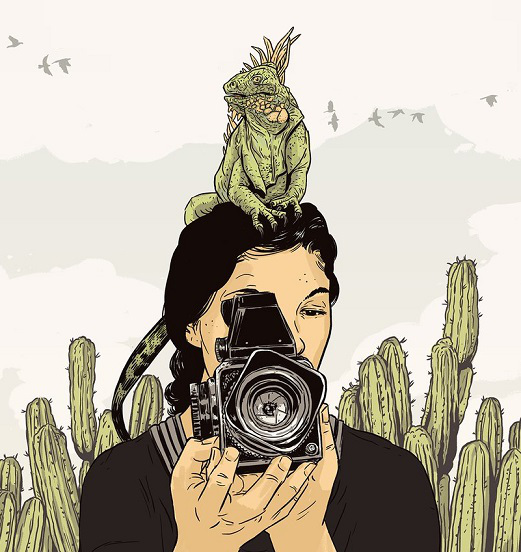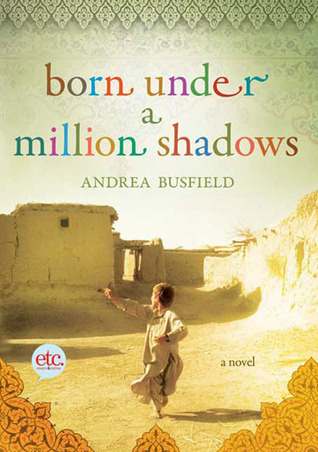Long before Brandywine Falls was established as a provincial park in 1973 the area was a well-known destination for sightseers, hikers and campers.
Not known, or at least not confirmed, is the origin of the name Brandywine. The most popular story of the name was reported in The Vancouver Sun in 1946 by Wallace Gillespie who in turn was quoting a man named Cliff Thorne who lived in the Squamish area beginning in the 1890s. In this version dated to 1910, Jack Nelson and Bob Mollison, two surveyors for the Howe Sound and Northern Railway (which became part of the PGE Railway), wagered a bottle of brandy on which of them could more accurately estimate the height of the falls. When the height was later measured using a chain Mollison had the closer estimation and Nelson bestowed the name Brandywine Falls in memory of his lost wager.

A view of Brandywine Falls taken by Leonard Frank in the 1920s. Frank, the son of one of Germany’s earliest professional photographers, moved to Vancouver in 1917 and became the leading commercial/industrial photographer in the city.
Another account of the naming of Brandywine Falls comes from a source closer to home. Alex Philip claimed that Charles Chandler (known locally as Charlie and famous for blowing up his own outhouse) and George Mitchell were passing through the area on their way to trappers cabins and stopped at the waterfall for tea. One had brought a bottle of wine and the other a bottle of brandy and both were mixed in with the tea in a billycan. After drinking this concoction the two are reported to have passed out for an entire day.
Regardless of which, if either, story is true the name Brandywine stuck to the waterfall and surrounding area.
Near the beginning of the twentieth century a family from Ontario called the Conroys moved West and preempted 380 acres of land for homesteading, logging and a mill site in the area that is now the Brandywine Falls Provincial Park. As the Permberton-Lillooet Caribou Trail passed by only about 500 feet from the falls, the area had previously been used as a way station for north-bound travelers.

The view of Brandywine Falls clearly shows the railway bridge which provided a unique view to passengers.
The opening of the PGE Railway brought sightseers in open cars and the construction of a train station meant the area became a popular spot for picnic-goers in the 1920s. A supply road was put in by BC Electric in the 1950s followed by the construction of the highway in the 1960s, bringing more visitors.
In 1966 Brandywine Falls was featured in the film “The Trap” starring Oliver Reed as a fur trapper in the wilds of Canada who takes Eve, a mute girl played by Rita Tushingham, as his unwilling wife to his remote cabin in the woods. In one scene a battle between Reed and a black bear is waged on the brink of Brandywine Falls.
Some time in the 1960s Charlie “Whitewater” Conroy (who, in an interesting side note recorded a ballad about the Woodfibre pulp mill called “The Ballad of Woodfibre” in 1972) sold the property around Brandywine to Ray Gallagher. In an article Gallagher wrote for Garibaldi’s Whistler News in 1970 he expresses the hope that “instead of developing as it must to survive, Brandywine should become a Public Park for the people in all season, for all times.” Just three years later Brandywine Falls became a provincial park and continues to attract sightseers and hikers each year.
Advertisements Share this:- Share





